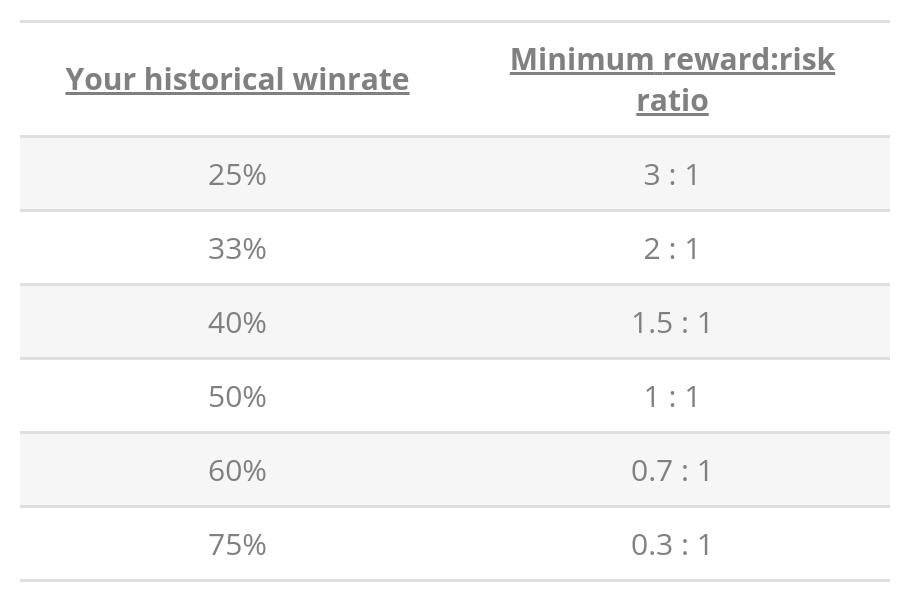A small thread on momentum investing and how I practice it.
I use the Nifty 500 universe for selecting my momentum stocks. Nifty 500, as the name suggests, has 500 companies in it. WRONG !!!! It actually has 501 companies. Yes, I double-checked 🙂 So, these 501 companies is
my talent pool (if you will) from which I select the 50 best candidates that I want to bet my money on.
Ok. So, exactly, did I go about doing that.
Step 1: Start with Nifty 500 universe (501 companies)
Step 2: Eliminate all those companies which have a listing history of
less than 1 year. This eliminated 25 companies (see table).
Step 3: For the remaining 476 companies, I computed their last 12-month rolling price returns (meaning, comparison of their price as on March 31, 2022 as compared to that as on March 31, 2021, and then computing the %
gain that each of those stocks have earned. I found out the following:
a) Average return of all the 476 companies was 43.27% (meaning if their average price as on March 31, 2021 was 100, then their average price as on March 31, 2022 was 143.27)
b) Out of these 476 companies
140 companies, gave a negative return.
c) Out of the balance 336 companies, 46 companies gave single-digit returns
d) Out of the balance 290 companies, 101 companies gave a return between 10-30%
e) Out of the balance 189 companies, 55 gave returns between 30-50%









